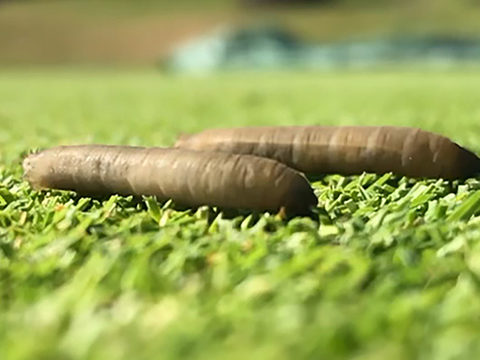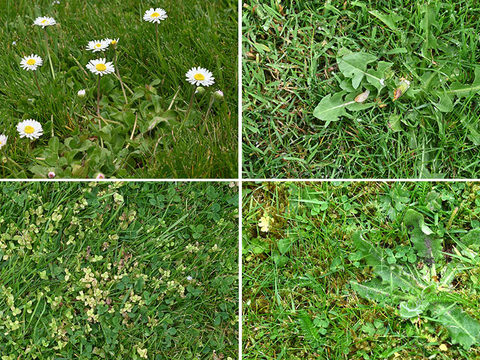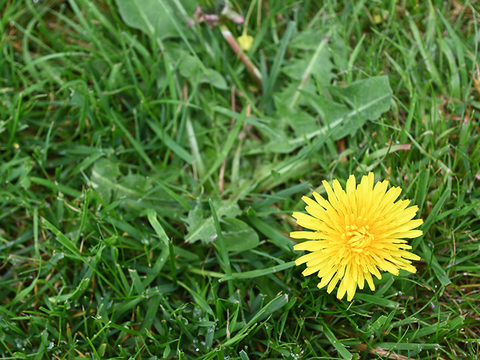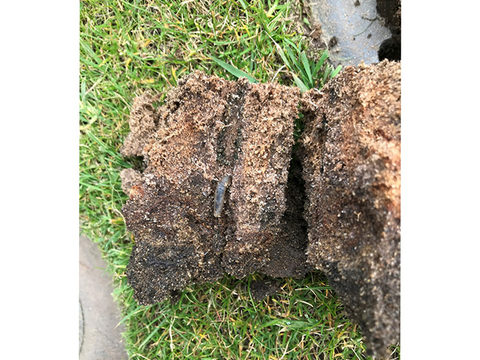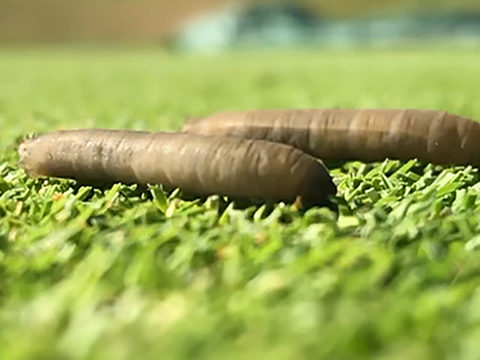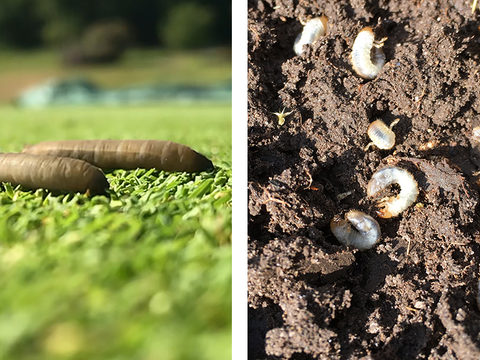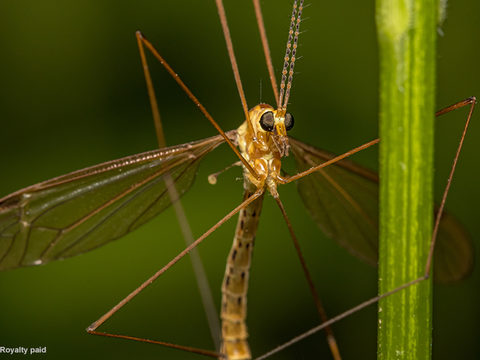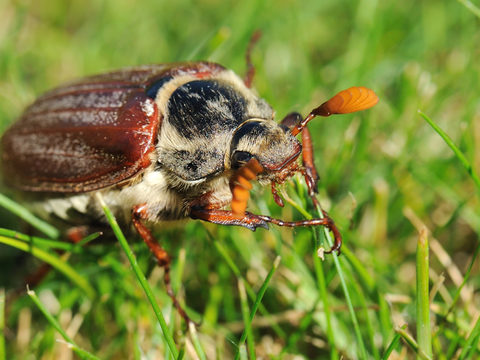Soil Pest Identification
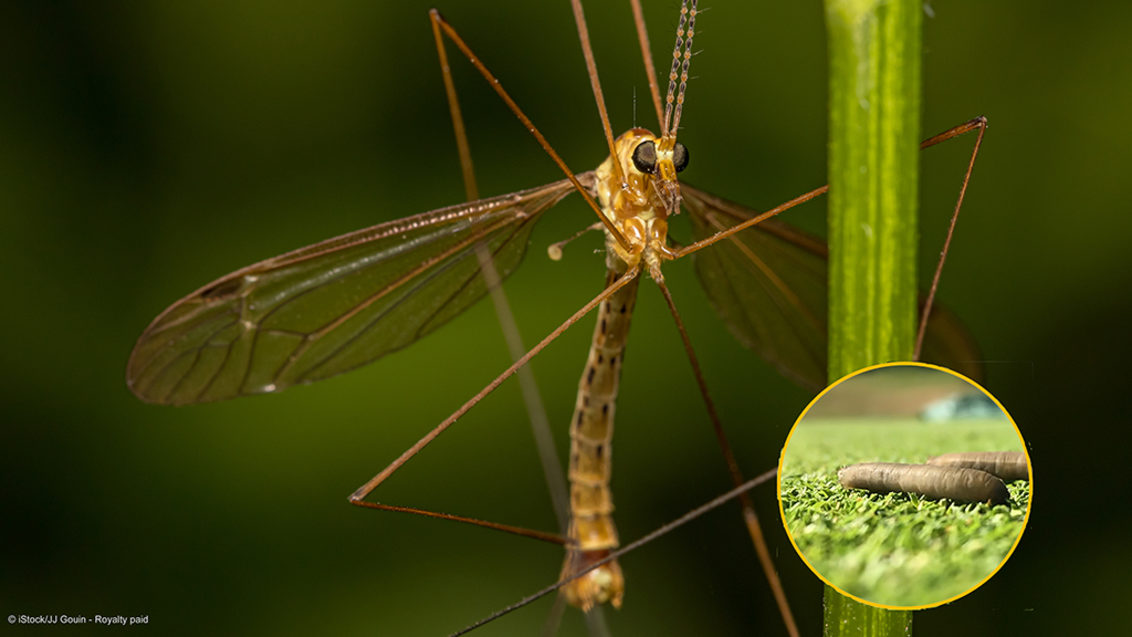
Accurate identification and knowing your target soil pest life-cycle is essential for an effective integrated control programme and optimum timing of controls.
Garden chafer (Phyllopertha horticola) |
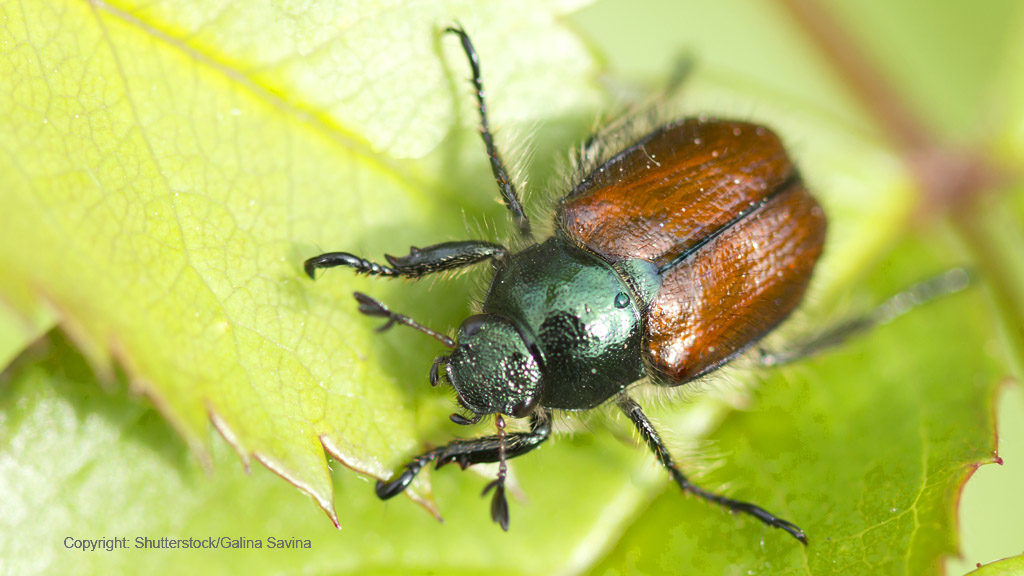
|
The garden chafer is the most common of the UK chafer species. With its greener and smaller appearance the adults are less noticeable, compared to cockchafer or summer chafer. Adults are typically less than 10 mm long, with brown/green wing cases and a bottle green head. Most often found in late May or June, depending on temperatures. Larvae emerge into adults over 10 days, frequently flying between 10 am and 12 am in sunny conditions. Eggs are laid in groups of 2-6 eggs 10 cm below the soil surface. Females will lay 10-50 eggs over a season. Garden chafer have a one-year lifecycle, with larvae quickly progressing through to third instar stage by autumn, to emerge the following summer. Larvae are smaller, up to 15 mm at emergence. |
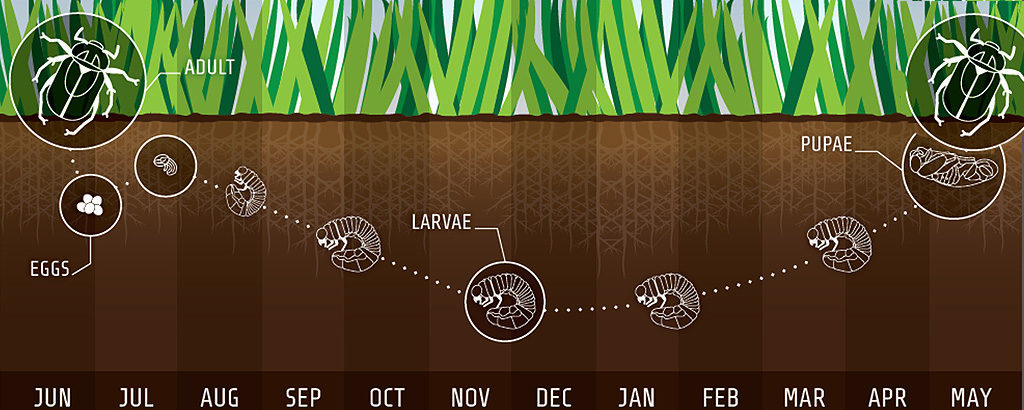
|
Cockchafer – May bug (Melolontha melolontha) |
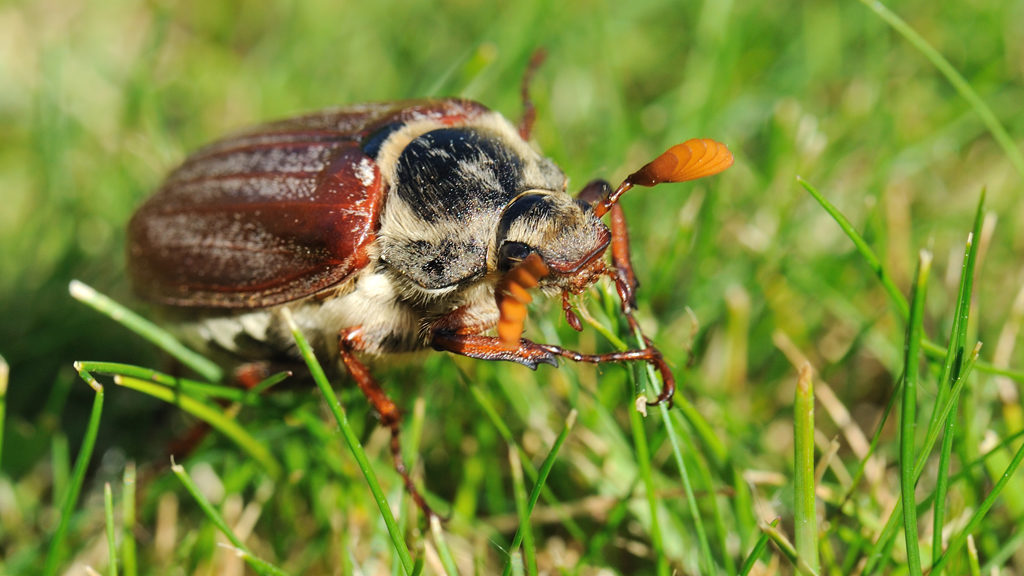
|
Cockchafer, or May bug, are the largest of the UK chafer species. The adults are around 30 mm long with brown wing cases, white flashes under the wings, a black head and feathery antennae. Adults typically appear between April and July, depending on the soil temperatures in spring. Cockchafer are largely nocturnal, and can frequently be identified with activity around lights Adults mate overnight sheltering on bushes and trees. The females lay eggs 5–10 cm deep in the soil, depositing regular clusters of eggs in suitable areas over a period of several days. Where soil conditions are suitable, chafers will return to regular spots each year. Cockchafer have a three-year lifecycle (below), with larvae moving up and down in the soil profile throughout the year; moulting and getting progressively larger each season. The cockchafer are the largest larvae by the third-stage instar, at approx. 30-35 mm. |

|
Summer chafer (Amphimallon solst) |
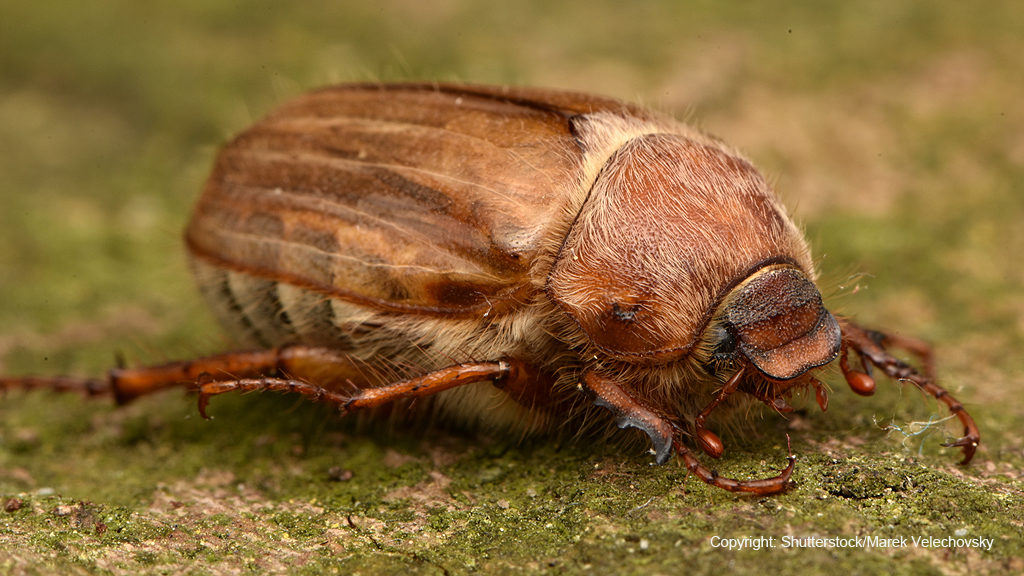
|
The summer chafer is more similar in appearance to the cockchafer, but is significantly smaller at 15-20 mm long. It has a mid-brown wing sheath (elytron) colour and dark, hairy pronotum (protecting the head). The adults typically fly later in the season, between June and August, usually emerging at dusk. Females lay eggs into the soil, with just two batches laid. The summer chafer has a two-year lifecycle of larvae activity. |
Other Chafer species |
Other chafer species do occur in the UK, on a less widespread distribution but can be a serious localised problem. The welsh chafer (Hoplia philanthus) and brown chafer (Serica brunnea) are the most notable species. Note that, despite its name, the welsh chafer occurs across the UK. |
Chafer larvae |
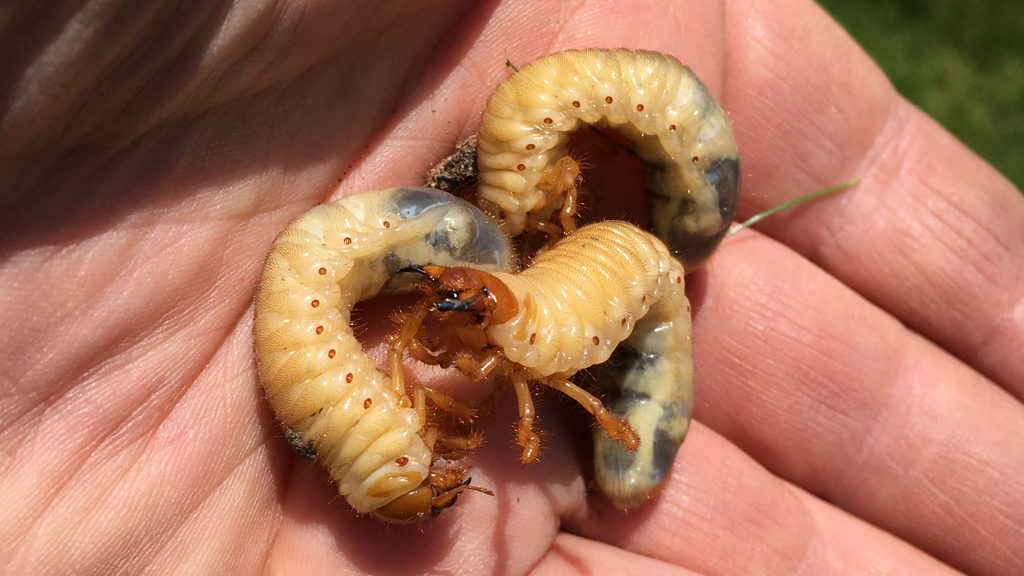
|
Chafer larvae of all species have a similar white grub appearance; differing primarily in size and the speed at which they go through the three instar stages, from hatch to pupae emergence. The larvae move through the soil profile according to soil conditions, including temperature and moisture levels. Larvae feed on roots and organic matter. Extensive feeding can leave turf sheared off and can be rolled back, like a carpet. Turf root damage limits plants’ ability for uptake of water and nutrients, leading to weak growth, increased stress susceptibility to other problems and, ultimately, plant loss. Under high infestations soil surfaces can feel soft and spongy. Chafer larve are also a prime food source for badgers and birds, where the predatory search to root up grubs can lead to extensive surface damage. Adult egg laying and subsequent larvae damage – along with predator activity - often occurs on the same areas year after year. |
Crane fly – Daddy Long Legs (Tipula paludosa) |
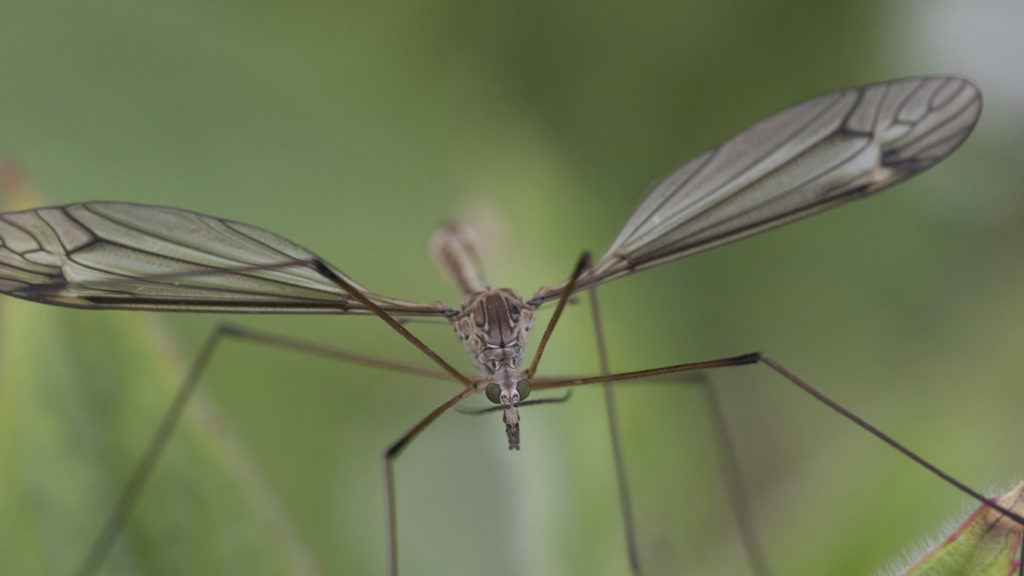
|
Crane fly (Daddy Long Legs) are the adult of the soil pest larvae, leatherjackets. European crane fly - Tipula paludosa – is the most common in Britain, typically emerging in mid-August to mid-September, but can be later depending on soil conditions. A similar species, Tipula oleracea, also present but at lower numbers. It emerges and flies in May and June. Each female crane fly will lay up to 400 eggs, in small deposits of around six small brown eggs laid in numerous spots at the base of turf plants. Eggs typically hatch in 14 days, with larvae starting to feed. |
Leatherjacket larvae |
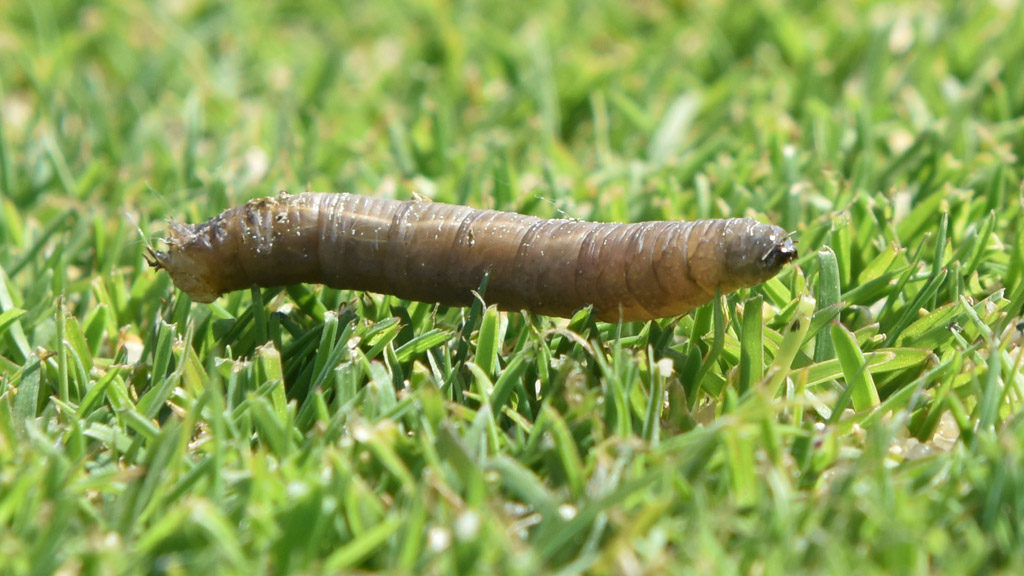
|
Crane fly eggs hatch after 14 days. The 1st instar larvae are around 0.3 cm long, growing to one cm after approximately one month - typically around November in the UK. Development continues through to a second and third instar stage, where it will overwinter deeper in the soil. In spring it moves back to the surface to continue foraging on roots and organic matter, to reach up to four cm. Through the summer it burrows deeper to pupate, before the adults re-emerge in the late summer. Soil conditions appear to play an important role in the pupae hatching timing. |

